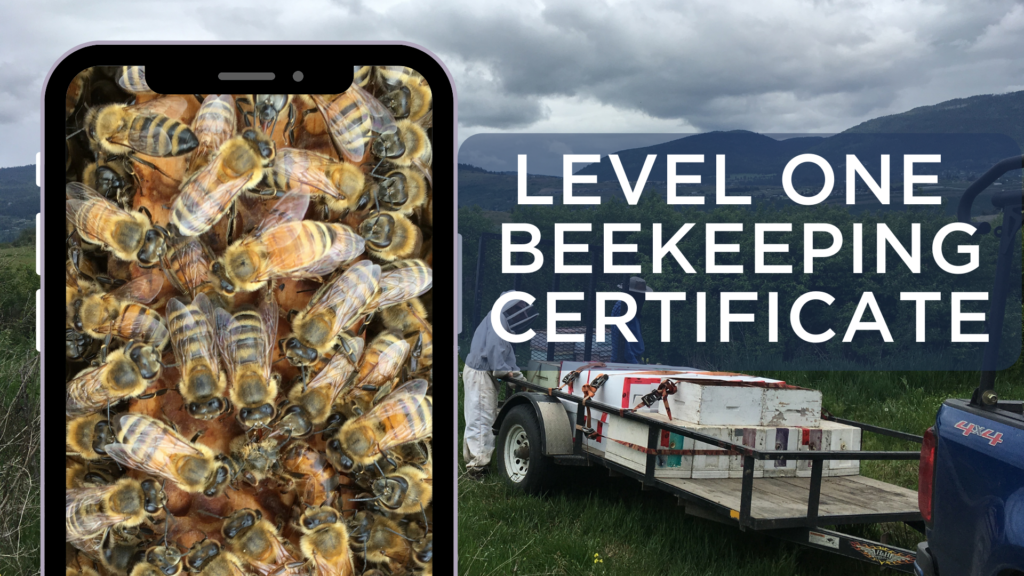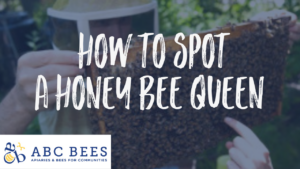Outcomes
Learners will be able to set effective goals for queen rearing and sustainable apiary management by considering crucial factors like environment, seasonal flows, colony strength, proximity to other hives, and apiary size.
Key Takeaways
Goal setting for queen rearing requires considering various factors, including the environment, seasonal flows, proximity to other hives, colony strength, and apiary size.
Assessing winter survival and hive health is essential before starting queen rearing, and grafting should be done under optimal temperature and humidity conditions.
Sufficient food availability and continuous nectar and pollen flows are crucial for successful queen rearing.
Colony strength and the presence of drones are indicators of a hive’s readiness for queen rearing, while apiary size and equipment planning are necessary for achieving beekeeping goals.
Click the link below to receive your free guide, “Setting Goals for Successful Queen Rearing”
LINK
Setting clear goals is essential for successful queen rearing and sustainable apiary management. As beekeepers, our objectives vary, from increasing colony numbers to producing high-quality queens and other bee products. However, achieving these goals requires a careful consideration of various factors. In this blog post, we will explore the key factors that beekeepers should take into account when goal setting for queen rearing.
Environment
The environment plays a crucial role in the success of queen rearing. Before embarking on the process, it’s essential to assess the winter survival and health of the existing colonies. Consider how your management practices during winter may have affected their survival. Testing for diseases like Nosema and Varroa can provide insights into potential issues that may have contributed to hive failures.
Moreover, ideal grafting conditions involve specific temperature and humidity levels. Aim for temperatures between 24-26°C and relative humidity over 50% to increase grafting success rates.
Seasonal Flows
Sufficient food availability is vital for queen rearing. Ensure that each hive has access to a deep frame filled with pollen and another with fresh nectar adjacent to the grafting area. A continuous nectar and pollen flow is ideal for the best results in queen rearing.
Supplemental feeding of pollen patties can be beneficial, especially if queens appear smaller in size, indicating a potential lack of nutrition.
Proximity to Other Hives
The distance between your apiary and other hives can influence the success of queen breeding and sustainable management. For controlled mating, consider the genetic diversity within your apiary and the proximity of other hives. Even if mating is not controlled, be mindful of how many hives are within mating distance (up to 5km away).
In more populous areas, the risk of disease transmission increases due to bee contact during foraging, mating, robbing, and drift. Managing for swarming becomes a bigger priority in such areas.
Colony Strength
Strong colonies are crucial for successful queen breeding and various apiary management tasks. A strong hive typically contains at least six pounds of bees. You can gauge colony strength by tilting the box and counting the number of frames covered in bees from the bottom to the top. At least 6 deep frames should be covered in bees.
Having a double brood box colony is advantageous when rearing queens, as it facilitates the Cloake Board Method. However, different beekeepers may have their preferred setups and methods for queen rearing.
Additionally, the presence of drones is a positive sign of colony strength, as it indicates abundant resources and a thriving hive.
Apiary Size
To achieve your goals, assess the size of your apiary and the required equipment. Plan ahead and project the number of hives needed for the upcoming season, factoring in potential winter losses. Be prepared with adequate equipment and space for the incoming packages and nucleus colonies.
Conclusion
Goal setting is a crucial step in successful queen rearing and apiary management. Considering factors such as the environment, seasonal flows, proximity to other hives, colony strength, and apiary size will help you make informed decisions to achieve your beekeeping objectives. By setting clear and achievable goals, beekeepers can ensure a thriving and sustainable apiary with healthy colonies and high-quality queens. Happy beekeeping!







